As global trade continues to flourish, the dynamic economic relationship between China and Denmark has become increasingly significant. Importers looking to tap into China’s vast market can benefit immensely from utilizing sea freight, a shipping method known for its cost-effectiveness and capacity for large volumes. This guide will explore essential factors such as the shipping options available, major Chinese and Danish ports, the intricacies of the shipping process, and tips for optimizing logistics. By understanding these elements, businesses can streamline their operations and ensure efficient, reliable shipping of goods from China to Denmark.
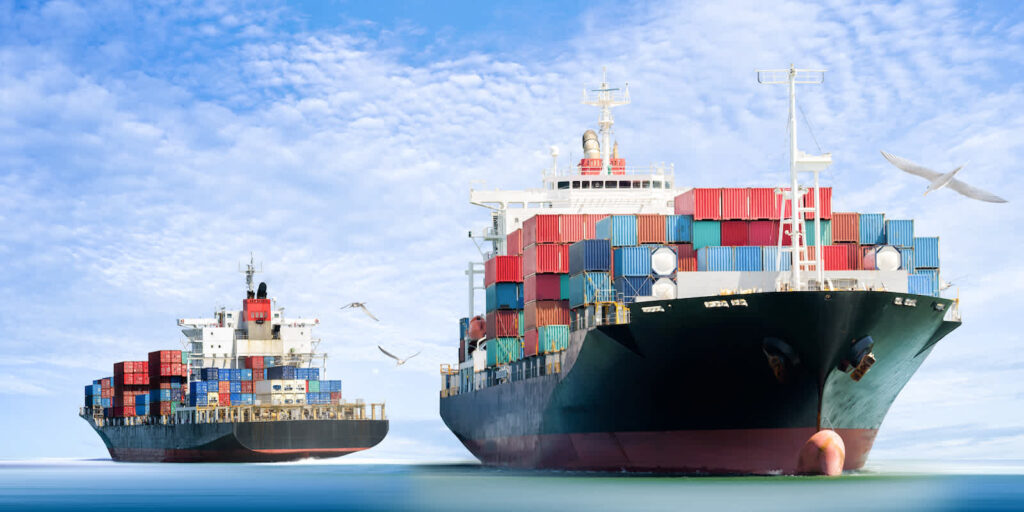
Introduction to Sea Freight From China to Denmark
The trade relationship between China and Denmark has significantly evolved over the past few decades. As one of the largest economies in Asia, China is a pivotal trading partner for Denmark, facilitating the exchange of various goods, from electronics to textiles. The ease of shipping goods via sea freight has further bolstered this relationship, making it an ideal choice for many businesses looking to import products from China.
Sea freight is renowned for its capacity and cost-effectiveness, especially when transporting large volumes of goods. Companies can take advantage of the relatively lower shipping rates associated with sea freight compared to air freight, which is essential for many importers looking to optimize their logistics costs. Additionally, the ability to transport bulky items makes sea freight a preferred option for many businesses.
Understanding Sea Freight Options
When considering sea freight from China to Denmark, businesses typically have two primary shipping options: Full Container Load (FCL) and Less-than-Container Load (LCL). Each option has its benefits and considerations, which are crucial for making informed shipping decisions.
Full Container Load (FCL) Shipping
FCL shipping refers to the practice of renting an entire shipping container for transporting goods. This option is ideal for businesses that have large volumes of goods to ship.
Benefits of FCL Shipping:
- Cost Efficiency: For businesses shipping large volumes, FCL can be more cost-effective since the price per unit decreases as the load increases.
- Reduced Risk of Damage: Since the container is solely used for one shipment, there is less risk of damage or loss compared to sharing a container with multiple consignments.
- Faster Transit Times: FCL shipments typically have faster transit times as they do not require consolidation or deconsolidation processes.
Factors Affecting FCL Shipping Costs:
- Container Size: The size of the container (20-foot or 40-foot) significantly impacts costs.
- Shipping Route: Rates vary depending on the shipping route chosen, with direct routes often being less expensive.
- Seasonality: Costs can fluctuate based on demand, with peak seasons often commanding higher prices.
Less-than-Container Load (LCL) Shipping
LCL shipping allows businesses to share a container with other shippers, making it an excellent option for those with smaller shipments.
Advantages of LCL Shipping:
- Flexibility: LCL is ideal for businesses that do not have enough goods to fill an entire container, allowing them to ship smaller quantities.
- Cost-Effectiveness for Small Shipments: For smaller shipments, LCL can be more economical than FCL, as businesses only pay for the space they use.
- Access to Global Markets: LCL can provide access to international shipping routes without the need for large volumes of goods, making it easier for smaller businesses to compete.
Considerations for LCL Shipping:
- Longer Transit Times: LCL shipments may take longer due to the need for consolidation and deconsolidation at the ports.
- Higher Risk of Damage: Sharing a container with other shipments increases the risk of damage or loss, requiring extra precautions in packaging.
- Variable Costs: Costs can vary based on factors such as the weight and volume of the shipment, which can sometimes lead to unpredictability in budgeting.
Each shipping option—FCL and LCL—offers distinct advantages and considerations that can significantly impact logistics strategies. To navigate this process effectively, consider partnering with Dantful International Logistics, a highly professional, cost-effective, and high-quality one-stop international logistics service provider for global traders. Their expertise can help streamline shipping processes and optimize costs, ensuring your goods arrive safely and promptly.
Read More:
- Shipping From China To Netherlands
- Shipping From China To Spain
- Shipping From China To Germany
- Shipping From China To France
- Shipping From China to Italy
- Shipping From China To Poland
- Shipping From China to United Kingdom
Top Chinese Seaports for Exports to Denmark
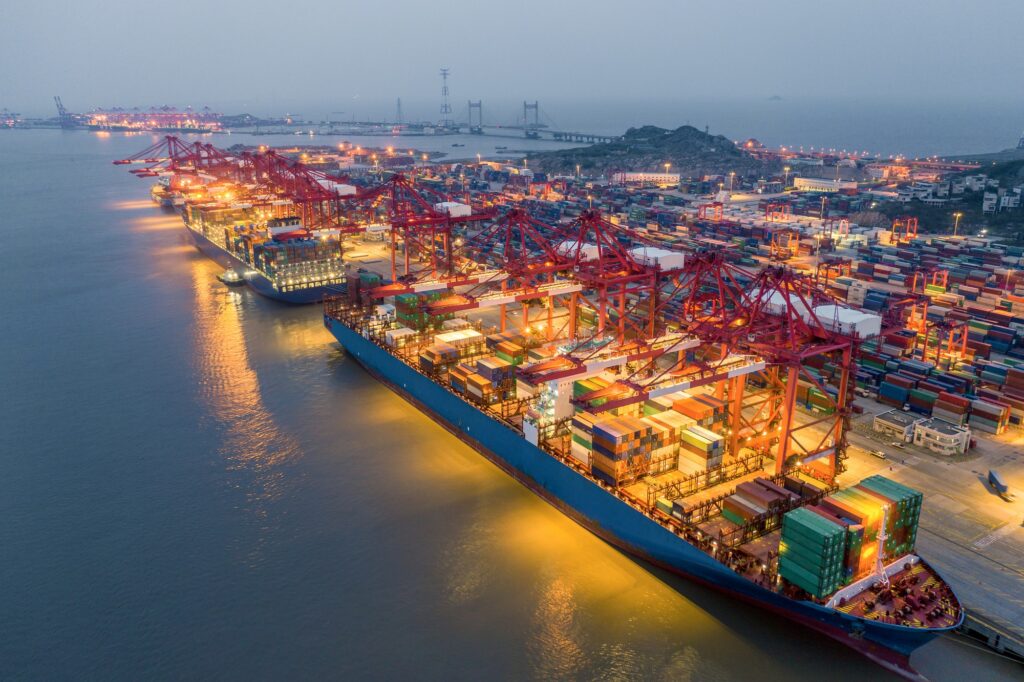
When exporting goods from China to Denmark, understanding the major Chinese seaports can help optimize shipping routes and costs. Here are the top ports in China that facilitate exports to Denmark:
Shanghai
- Overview: As the largest port in China and one of the busiest in the world, Shanghai plays a pivotal role in international trade. It offers extensive shipping connections to various global destinations, including Denmark.
- Advantages: Advanced infrastructure, high container throughput, and a wide range of shipping options make it an ideal starting point for many exporters.
Shenzhen
- Overview: Located in Guangdong Province, Shenzhen is known for its rapid economic growth and significant export capabilities. The port is strategically positioned near Hong Kong, enhancing its logistical advantages.
- Advantages: Efficient customs processes and a strong concentration of manufacturers contribute to its role as a key export hub to Denmark.
Ningbo-Zhoushan
- Overview: This port is one of the fastest-growing in China, located in Zhejiang Province. It has consistently ranked among the top ports for container throughput.
- Advantages: Its geographic advantage enables easy access to major shipping routes, making it a preferred choice for exporters looking to ship to Denmark.
Guangzhou
- Overview: Serving as a vital trade gateway, Guangzhou’s port connects businesses in Southern China to international markets. Its strategic location enhances its importance in the shipping industry.
- Advantages: An extensive network of shipping lines and efficient cargo handling make it a suitable option for exports to Denmark.
Qingdao
- Overview: Qingdao, located in Shandong Province, is another leading port in China. Its well-established shipping routes cater to a variety of international destinations.
- Advantages: The port is equipped with modern facilities, which facilitates seamless cargo processing and logistics.
Tianjin
- Overview: Tianjin is a major northern Chinese port and a gateway for shipments to and from Beijing. It significantly contributes to the trade relationship between China and Denmark.
- Advantages: A large capacity for handling containers and efficient transport links to inland areas make Tianjin a vital port for exports.
Main Danish Seaports for Imports
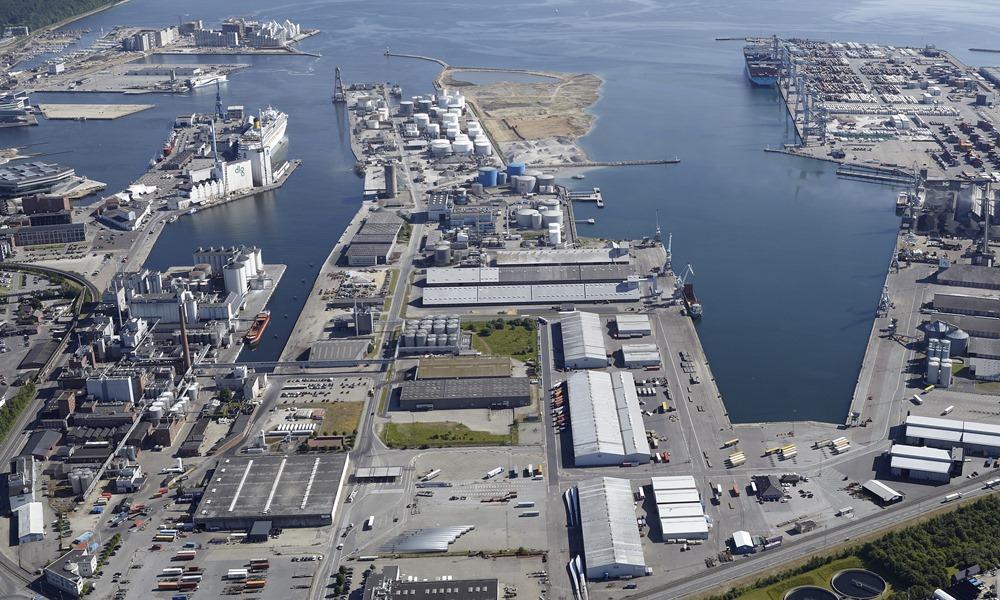
Once goods have made their journey across the sea, they arrive at one of Denmark’s primary seaports. Understanding these ports is essential for importers looking to optimize their operations.
Port of Fredericia
- Overview: Fredericia is strategically located in the Little Belt strait, making it a key logistical hub for both domestic and international shipping.
- Advantages: The port offers excellent connectivity and efficiency, facilitating smooth cargo handling and distribution.
Port of Aarhus
- Overview: Aarhus is Denmark’s largest container port and serves as a major gateway for imports. Its deep waters allow for the accommodation of large vessels.
- Advantages: Strong infrastructure and a focus on sustainability contribute to its reputation as a modern port.
Port of Copenhagen
- Overview: As the capital’s primary port, Copenhagen handles a significant volume of container traffic. It is pivotal for imports into the Greater Copenhagen area.
- Advantages: Its proximity to urban centers allows for efficient distribution and quick access to the Danish market.
Port of Esbjerg
- Overview: Esbjerg is a crucial port for both container traffic and bulk goods. It serves as a key transit point for goods entering Denmark.
- Advantages: Strong connections to road and rail networks enhance its role in the logistics chain.
Port of Aalborg
- Overview: Aalborg focuses on general cargo and serves as an important inland port in northern Denmark.
- Advantages: Its strategic location allows easy access to the North Jutland region, making it a popular choice for imports.
Port of Odense
- Overview: Known for its industrial activities, the Port of Odense handles various types of cargo, including containers and bulk shipments.
- Advantages: It serves as an essential point for imports into central and southern Denmark.
Port of Aabenraa
- Overview: A smaller port compared to others, Aabenraa specializes in handling general cargo and offers a good connection to the southern regions of Denmark.
- Advantages: Its strategic location provides easy access to neighboring countries and domestic markets.
Port of Grenaa
- Overview: Located on the Djursland peninsula, Grenaa serves as a hub for ferry services and general cargo.
- Advantages: Its operational flexibility and focus on customer service make it a reliable entry point for imports.
Whether you’re considering shipping via Ocean Freight or require comprehensive logistics support, partnering with Dantful International Logistics can provide the expertise needed to navigate the complexities of international shipping. Their professional services are tailored to meet the needs of global traders, ensuring a smooth and efficient shipping process.
Sea Freight Shipping Process
The sea freight shipping process is a crucial aspect of international trade, ensuring that goods move efficiently from suppliers in China to importers in Denmark. Understanding each step allows businesses to streamline operations and avoid potential pitfalls. Here is a detailed look at the key stages involved in the sea freight shipping process.
Booking and Documentation
The first step in the sea freight process is to book the shipment. This involves selecting a freight forwarder, such as Dantful International Logistics, who will manage the entire logistics chain. Key documentation required at this stage includes:
- Bill of Lading (B/L): A crucial shipping document that serves as a receipt for cargo and a contract between the shipper and carrier.
- Commercial Invoice: A document that details the transaction between the buyer and seller, including the value and nature of the goods.
- Packing List: This provides specific information about the contents of each package, aiding in customs procedures.
- Export Declaration: Required by Chinese customs to declare goods leaving the country.
Proper documentation ensures compliance with regulations and facilitates smoother customs clearance later on.
Container Loading and Sealing
After booking, the next phase involves loading the container. This step includes:
- Container Selection: The appropriate container size and type are chosen based on the nature and volume of the goods. Common types include standard containers, refrigerated containers, and open-top containers.
- Loading: Goods are packed into the container, ensuring weight distribution and minimizing movement during transit. Proper packing methods help prevent damage.
- Sealing: Once loaded, the container is sealed with a tamper-proof seal, ensuring the security of the shipment throughout the journey.
Proper loading and sealing are critical in safeguarding the integrity of the goods.
Ocean Transportation
Once the cargo is loaded, it embarks on its journey via ocean transportation. This phase includes:
- Departure: The container ship departs from the port of origin in China. The shipping schedule and estimated arrival time are communicated to the importer.
- Tracking: Modern shipping services allow for real-time tracking of containers, providing visibility throughout the journey. This enhances communication and planning for the recipient in Denmark.
This step is where the bulk of the transit time occurs, often taking several weeks depending on the distance and shipping route.
Customs Clearance in Denmark
Upon arrival at the port in Denmark, the shipment undergoes customs clearance. This process involves:
- Documentation Submission: All required documents, including the Bill of Lading and Commercial Invoice, are submitted to Danish customs.
- Duties and Taxes Payment: Customs duties and taxes must be calculated and paid before the goods can be released.
- Inspections: Customs authorities may inspect the shipment to confirm it matches the declared contents and complies with regulations.
Successful customs clearance is essential for the timely release of goods.
Final Delivery to Destination
After customs clearance, the last step is the final delivery of goods to their designated destination. This involves:
- Transport from the Port: After clearance, the goods are transported from the port to the final delivery location, which may include warehouses or retail outlets.
- Distribution: Depending on the logistics plan, goods may be stored in a warehouse before distribution to customers or directly delivered to retail locations.
Efficient final delivery is crucial for maintaining supply chain effectiveness and customer satisfaction.
Factors Affecting Sea Freight Costs
Several factors influence sea freight costs, and understanding them can help businesses optimize their shipping budgets. Here’s a breakdown of the primary cost determinants:
Container Size and Type
- Size: The dimensions of the container (20-foot, 40-foot, etc.) directly impact the shipping cost. Larger containers generally cost more but provide economies of scale for larger shipments.
- Type: Specialized containers, such as refrigerated or open-top, may incur higher costs due to additional handling or technology.
Shipping Route and Distance
- Route: The chosen shipping route can affect costs. Direct routes are typically less expensive than those requiring transshipment or multiple stops.
- Distance: Longer distances generally result in higher shipping costs due to increased fuel consumption and time spent at sea.
Fuel Prices and Surcharges
- Fuel Prices: Fluctuating oil prices can significantly impact shipping costs. Carriers often pass these costs onto customers through fuel surcharges, which may vary based on current market rates.
Customs Duties and Taxes
- Duties: Import duties vary by country and can significantly affect the overall cost of shipping. Understanding Danish customs regulations helps importers prepare for these costs.
- Taxes: Value-added tax (VAT) and other taxes may apply, influencing the final expense incurred by the importer.
Insurance and Handling Fees
- Insurance: Securing cargo insurance is essential to protect against loss or damage during transit. The cost of insurance is based on the value of the goods and the associated risks.
- Handling Fees: Additional fees may be incurred for loading, unloading, and various handling services at both the origin and destination ports. These are often charged by the port authority or logistics provider.
By considering the factors that affect sea freight costs, businesses can make informed decisions that optimize their logistics strategies. For a streamlined experience, partnering with Dantful Logistics can provide expert solutions tailored to your shipping needs, ensuring that your cargo arrives safely and efficiently.
Tips for Optimizing Sea Freight From China to Denmark
Optimizing your sea freight process from China to Denmark can result in significant cost savings and improved efficiency in logistics. Here are some essential tips to ensure you make the most of your shipping experience:
Choosing the Right Shipping Partner
Selecting a reputable shipping partner is crucial for successful international logistics. Look for a freight forwarder with expertise in the China-Denmark shipping route. Key qualities to consider include:
- Experience: Choose a forwarder who has a proven track record in handling sea freight and understands the nuances of shipping between China and Denmark.
- Network: A vast network of carriers and agents can improve service options and provide better rates.
- Customer Support: Effective communication and responsive customer support are vital for addressing any issues that may arise during transit.
Proper Packaging and Labeling
Ensuring that your goods are well-packaged and correctly labeled can minimize the risk of damage during transit and expedite the customs clearance process. Consider the following:
- Durability: Use strong materials suitable for sea transport to protect against moisture and rough handling.
- Labeling: Ensure that all packages are accurately labeled, providing necessary information such as contents, handling instructions, and destination addresses. This helps customs officials and delivery services process shipments more efficiently.
Timely Communication with Stakeholders
Maintaining clear and timely communication with all parties involved in the shipping process is essential:
- Internal Communication: Keep all relevant departments informed about shipment status, costs, and timelines to ensure smooth operations.
- External Communication: Maintain open lines of communication with your shipping partner and stakeholders in Denmark, allowing for quick resolutions to any issues that may occur.
Staying Updated on Regulations and Requirements
Shipping regulations and requirements can frequently change, making it essential to stay informed:
- Customs Regulations: Regularly check for updates on both Chinese export regulations and Danish import requirements to ensure compliance.
- Documentation: Ensure that all documentation is updated and complete to avoid delays during customs clearance.
Choosing the Right Sea Freight Forwarder
Selecting the right sea freight forwarder can have a significant impact on the efficiency and success of your shipping operations. Here are key considerations to help you make an informed choice:
Qualities of a Reliable Freight Forwarder
A good freight forwarder should possess several qualities that indicate reliability and competence:
- Experience and Expertise: Look for a forwarder with substantial experience in the industry and specific knowledge of shipping routes between China and Denmark.
- Transparency: A trustworthy forwarder should provide transparent pricing and clear terms and conditions, helping you avoid unexpected costs.
- Strong Relationships: Strong connections with shipping lines and customs authorities can facilitate smoother operations and better rates.
- Technology: Utilize freight forwarders that offer technology solutions for tracking shipments and managing logistics efficiently.
Questions to Ask When Selecting a Forwarder
Before making your choice, ask potential freight forwarders the following questions to gauge their fit for your needs:
- What is your experience with shipping from China to Denmark?
- Can you provide references from other clients?
- What services do you offer, such as customs clearance and warehousing?
- How do you handle cargo insurance and liability?
- What is your communication process for updates and issues during transit?
Why Choose Dantful Logistics
Choosing Dantful Logistics as your freight forwarding partner offers numerous advantages:
- Expertise: Dantful has extensive experience in international logistics, particularly in shipping between China and Denmark, ensuring your shipments are handled professionally.
- Comprehensive Services: As a one-stop logistics service provider, Dantful offers a full range of services, including Customs Clearance, Warehouse Services, and Insurance Services, simplifying your logistics experience.
- Customer Support: With a commitment to customer satisfaction, Dantful provides proactive communication and support, addressing any concerns promptly.
- Cost-Effective Solutions: Dantful’s extensive network allows for competitive pricing, helping you save on shipping costs without compromising service quality.
By considering the tips and insights provided, businesses can enhance their logistics strategies and achieve greater efficiency in their shipping endeavors. For expert support, reach out to Dantful International Logistics today to streamline your shipping process and optimize your logistics operations.
Dantful International Logistics Services:
- Dantful Ocean Freight Services
- Air Freight From China
- Amazon FBA Freight Forwarding
- WAREHOUSE Services
- One-Stop Customs Clearance Solution
- Cargo Insurance Services in China
- DDP Shipping Services By Dantful Logistics
- Out of Gauge Cargo Transportation Shipping Services
FAQs
1. What are the main shipping options available for sea freight from China to Denmark?
- Full Container Load (FCL): Ideal for businesses with large volumes to ship. Offers cost efficiency, reduced risk of damage, and faster transit times.
- Less-than-Container Load (LCL): Suitable for smaller shipments, allowing companies to share container space. This option provides flexibility but may have longer transit times and higher risks of damage.
2. Which Chinese seaports are best for exports to Denmark?
- The top ports include Shanghai, Shenzhen, Ningbo-Zhoushan, Guangzhou, Qingdao, and Tianjin. Each port offers unique advantages such as advanced infrastructure and strong shipping connections.
3. What are the main Danish seaports for receiving imports from China?
- Major ports include Fredericia, Aarhus, Copenhagen, Esbjerg, Aalborg, Odense, Aabenraa, and Grenaa. These ports are strategically located to facilitate efficient logistics and distribution within Denmark.
4. What is the sea freight shipping process from China to Denmark?
- The process includes booking and documentation, container loading, ocean transportation, customs clearance in Denmark, and final delivery to the destination. Each step is crucial for ensuring smooth shipping operations.
5. What factors affect sea freight costs?
- Container Size and Type: Larger containers may offer savings for bulk shipments, while specialized containers incur additional fees.
- Shipping Route and Distance: Direct routes and shorter distances typically reduce costs.
- Fuel Prices: Fluctuating fuel prices can lead to additional surcharges.
- Customs Duties and Taxes: Import duties and VAT in Denmark can significantly impact overall shipping costs.
- Insurance and Handling Fees: Costs associated with securing insurance and handling at ports must be considered.
6. How can businesses optimize their sea freight logistics?
- Businesses can optimize shipping by selecting a reputable freight forwarder, ensuring proper packaging and labeling, maintaining timely communication with stakeholders, and staying updated on regulations and documentation needs.
References
Here are some authoritative reference links that can provide further insights and data related to the content generated above about sea freight from China to Denmark:
- China-Denmark Trade Relations:
- Shipping Costs and Trends:
- Sea Freight Options (FCL and LCL):
- Customs Clearance Processes:

Young Chiu is a seasoned logistics expert with over 15 years of experience in international freight forwarding and supply chain management. As CEO of Dantful International Logistics, Young is dedicated to providing valuable insights and practical advice to businesses navigating the complexities of global shipping.
The other language versions of this article
- الملاحة في الشحن البحري من الصين إلى الدنمارك – دانتفول
- Zeevracht navigeren van China naar Denemarken
- Naviguer dans le fret maritime de la Chine au Danemark
- Seefracht von China nach Dänemark
- Navigazione del trasporto marittimo dalla Cina alla Danimarca
- Navegación de carga marítima desde China a Dinamarca
- Navegando no frete marítimo da China para a Dinamarca
- Навигация морских грузоперевозок из Китая в Данию
- Çin’den Danimarka’ya Deniz Taşımacılığı Taşımacılığı



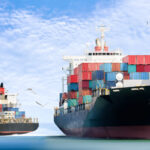





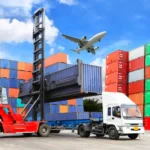
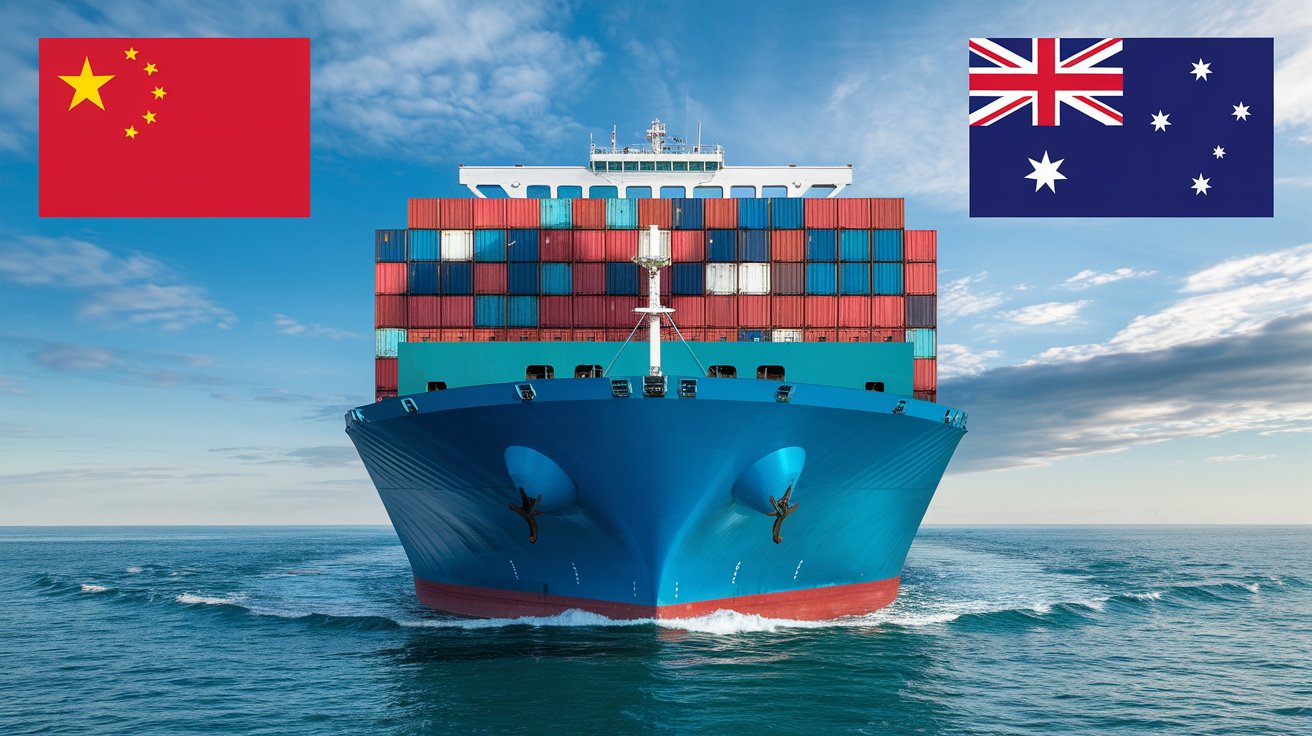
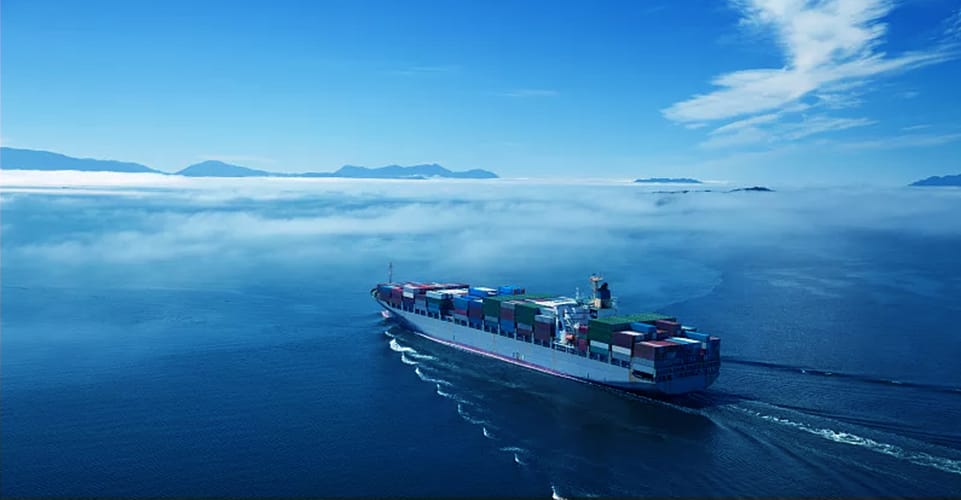
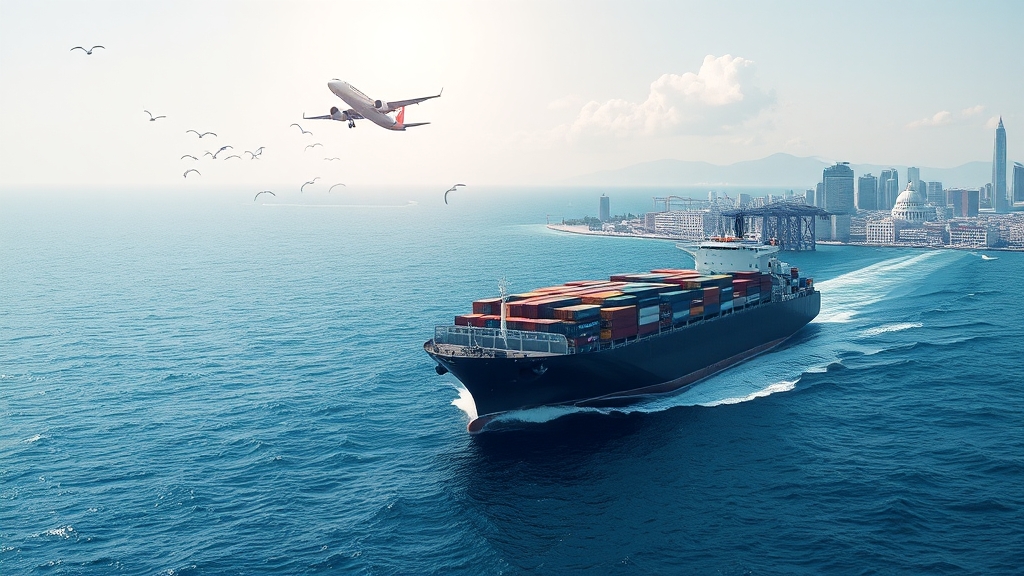
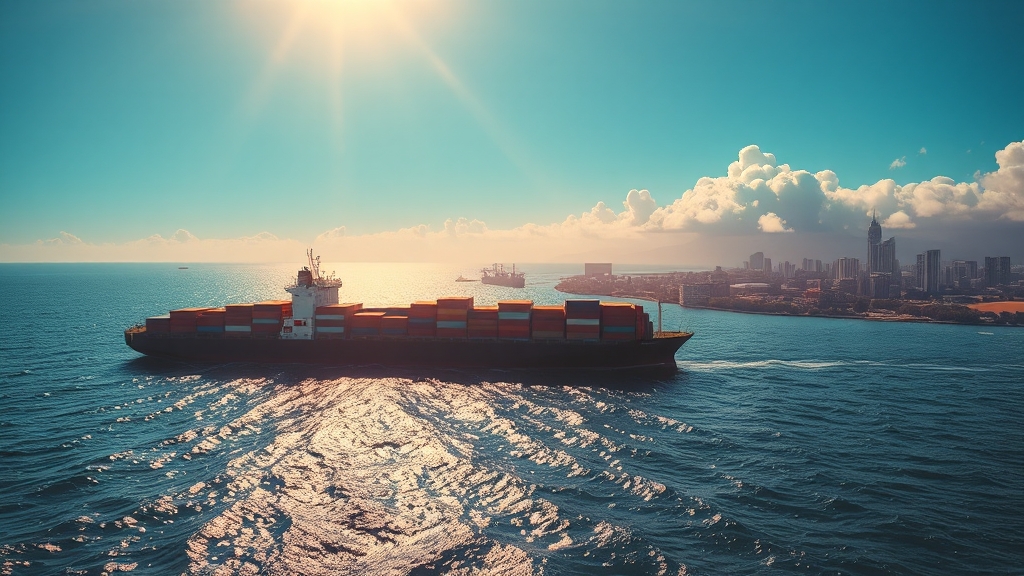






 Afrikaans
Afrikaans Shqip
Shqip አማርኛ
አማርኛ العربية
العربية Հայերեն
Հայերեն Azərbaycan dili
Azərbaycan dili Euskara
Euskara Беларуская мова
Беларуская мова বাংলা
বাংলা Bosanski
Bosanski Български
Български Català
Català Cebuano
Cebuano Chichewa
Chichewa 简体中文
简体中文 繁體中文
繁體中文 Corsu
Corsu Hrvatski
Hrvatski Čeština
Čeština Dansk
Dansk Nederlands
Nederlands English
English Esperanto
Esperanto Eesti
Eesti Filipino
Filipino Suomi
Suomi Français
Français Galego
Galego ქართული
ქართული Deutsch
Deutsch Ελληνικά
Ελληνικά Kreyol ayisyen
Kreyol ayisyen Harshen Hausa
Harshen Hausa Ōlelo Hawaiʻi
Ōlelo Hawaiʻi עִבְרִית
עִבְרִית हिन्दी
हिन्दी Hmong
Hmong Magyar
Magyar Íslenska
Íslenska Igbo
Igbo Bahasa Indonesia
Bahasa Indonesia Gaeilge
Gaeilge Italiano
Italiano 日本語
日本語 Basa Jawa
Basa Jawa ಕನ್ನಡ
ಕನ್ನಡ Қазақ тілі
Қазақ тілі ភាសាខ្មែរ
ភាសាខ្មែរ 한국어
한국어 كوردی
كوردی Кыргызча
Кыргызча ພາສາລາວ
ພາສາລາວ Latin
Latin Latviešu valoda
Latviešu valoda Lietuvių kalba
Lietuvių kalba Lëtzebuergesch
Lëtzebuergesch Македонски јазик
Македонски јазик Malagasy
Malagasy Bahasa Melayu
Bahasa Melayu മലയാളം
മലയാളം Maltese
Maltese Te Reo Māori
Te Reo Māori मराठी
मराठी Монгол
Монгол ဗမာစာ
ဗမာစာ नेपाली
नेपाली Norsk bokmål
Norsk bokmål پښتو
پښتو فارسی
فارسی Polski
Polski Português
Português ਪੰਜਾਬੀ
ਪੰਜਾਬੀ Română
Română Русский
Русский Samoan
Samoan Gàidhlig
Gàidhlig Српски језик
Српски језик Sesotho
Sesotho Shona
Shona سنڌي
سنڌي සිංහල
සිංහල Slovenčina
Slovenčina Slovenščina
Slovenščina Afsoomaali
Afsoomaali Español
Español Basa Sunda
Basa Sunda Kiswahili
Kiswahili Svenska
Svenska Тоҷикӣ
Тоҷикӣ தமிழ்
தமிழ் తెలుగు
తెలుగు ไทย
ไทย Türkçe
Türkçe Українська
Українська اردو
اردو O‘zbekcha
O‘zbekcha Tiếng Việt
Tiếng Việt Cymraeg
Cymraeg יידיש
יידיש Yorùbá
Yorùbá Zulu
Zulu